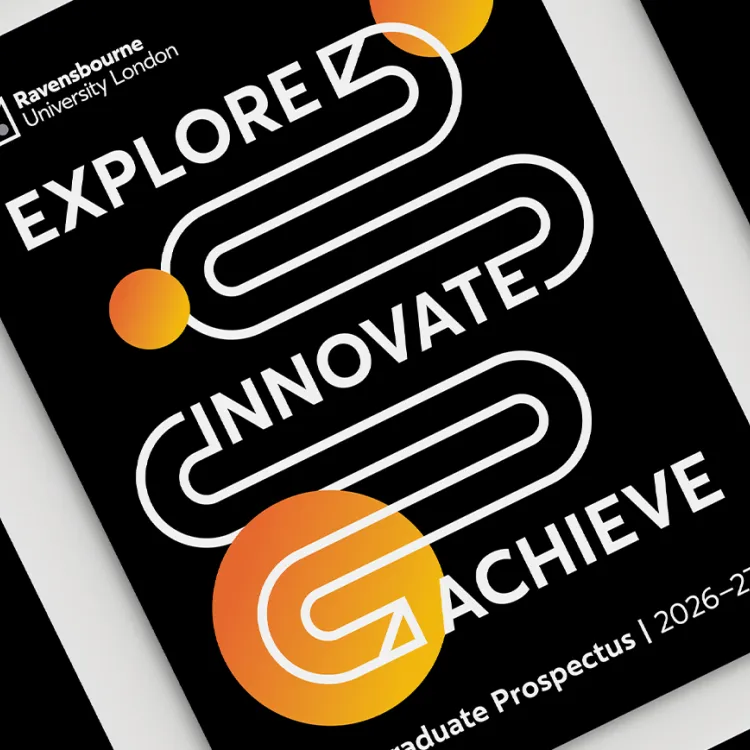Concept and creative process
NODD (Nexus Orthicon Display Device) universally known as NODDY by the BBC, was the mechanical means by which TV channel idents were displayed on-air from 1963-1985. The mechanism, after Sid Sutton's 1969 redesign, consisted of an externally-lit globe with the land masses painted white and the oceans matt black, rotating in front of a concave mirror. The NODDY device was cued and controlled remotely from the Presentation Studio gallery by the Continuity Announcer. The camera was originally monochrome and in 1967, with the introduction of colour television, an electronic process, known as the Cox Box, had been added to colourise the camera's output. A further upgrade of the colour synthesiser was introduced in 1974 when it was able to produce two colours instead of one, plus black. Oliver Elmes became the Senior Designer for Presentation that year and introduced the colour and typographical variations of the mirrored globe from 1974 to 1985. This lime green on deep blue colour combination was the fourth and final version of the mirrored globe, with a new BBC1 logo centred below, set in an inline sans-serif type. It was in use from 1981 until 1985.
